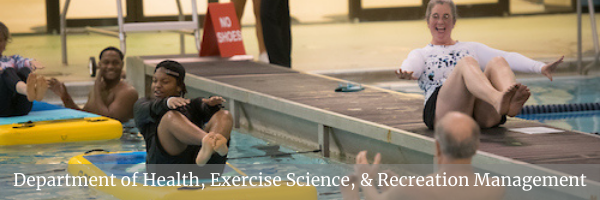Document Type
Article
Publication Date
8-23-2022
Abstract
The aim of this study was to determine whether increases in post-exercise endocrine response to low-load resistance exercise with blood flow restriction and high-load resistance exercise would have association with increases in muscle size and strength after an 8-week training period. Twenty-nine untrained men were randomly allocated into three groups: low-load resistance exercise with (LL-BFR) or without blood flow restriction (LL), and high-load resistance exercise (HL). Participants from LL-BFR and LL groups performed leg extension exercise at 20% of one repetition maximum (1RM), four sets of 15 repetitions and the HL group performed four sets of eight repetitions at 80% 1RM. Before the first training session, growth hormone (GH), insulin-like growth factor 1 (IGF-1), testosterone, cortisol, and lactate concentration were measured at rest and 15 min after the exercise. Quadriceps CSA and 1RM knee extension were assessed at baseline and after an 8-week training period. GH increased 15 min after exercise in the LL-BFR (p = 0.032) and HL (p < 0.001) groups, with GH concentration in the HL group being higher than in the LL group (p = 0.010). There was a time effect for a decrease in testosterone (p = 0.042) and an increase in cortisol (p = 0.005), while IGF-1 remained unchanged (p = 0.346). Both muscle size and strength were increased after training in LL-BFR and HL groups, however, these changes were not associated with the acute post-exercise hormone levels (p > 0.05). Our data suggest that other mechanisms than the acute post-exercise increase in systemic hormones induced by LL-BFR and HL produce changes in muscle size and strength.
Relational Format
journal article
Recommended Citation
Laurentino, G., Loenneke, J., Ugrinowitsch, C., Aoki, M., Soares, A., Roschel, H., & Tricoli, V. (2022). Blood-flow-restriction-training-induced hormonal response is not associated with gains in muscle size and strength. Journal of Human Kinetics, 83, 235–243. https://doi.org/10.2478/hukin-2022-0095
DOI
10.2478/hukin-2022-0095
Accessibility Status
Searchable text


